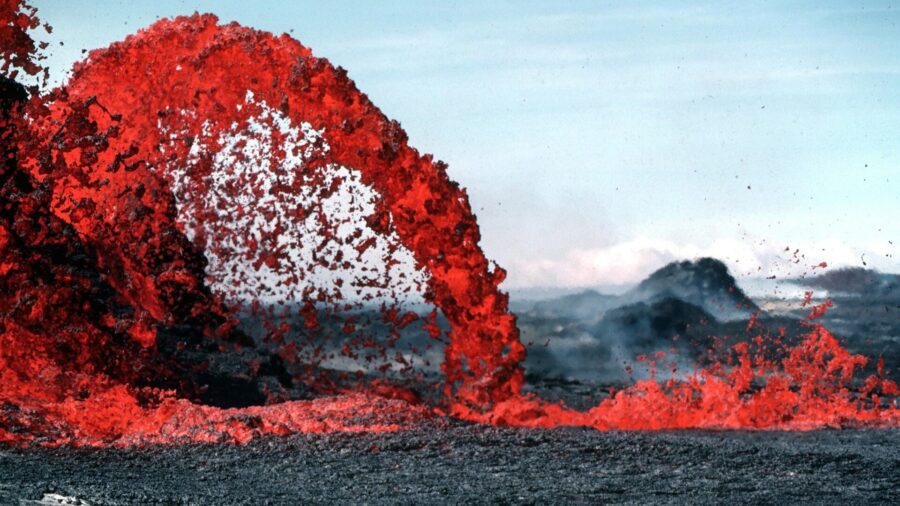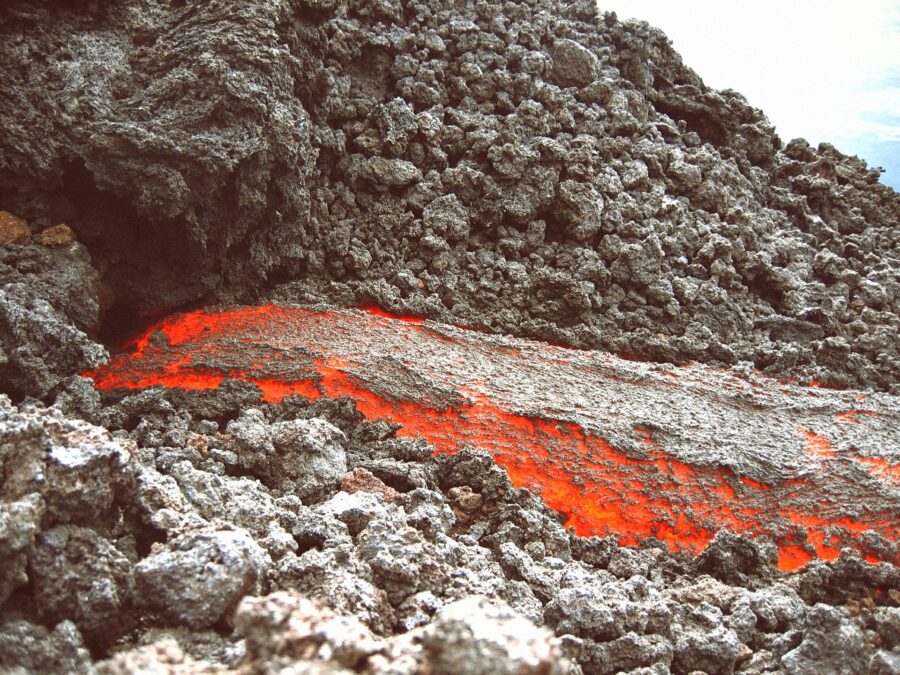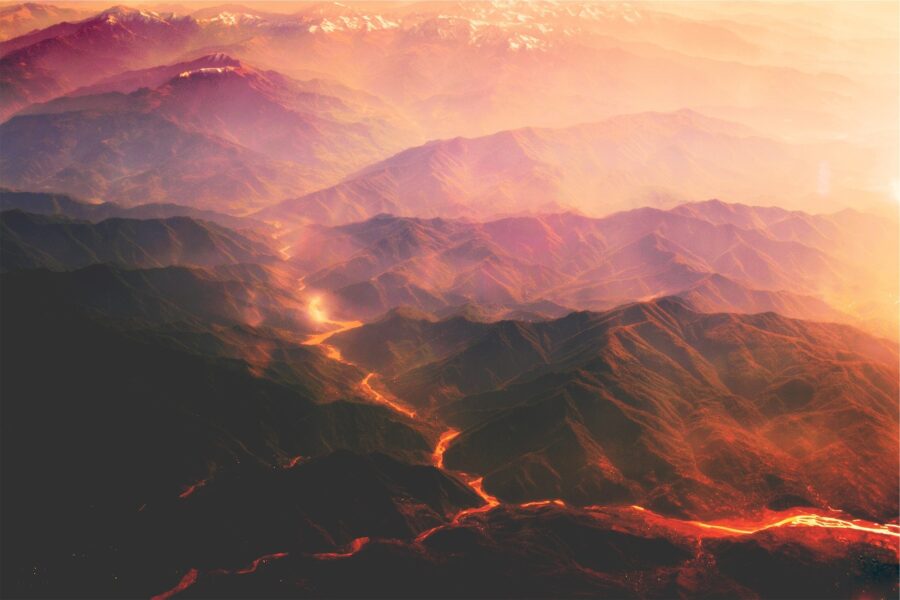Scientists Are Dangerously Drilling Into A Volcano
Scientists are drilling into a volcano in Iceland. That should end well, right?
This article is more than 2 years old

In The Fellowship of the Ring, Christopher Lee’s Saruman talks about how the fictional Dwarves “dug too greedily and too deep” — explaining how the hellish Balrog found its way into the mines of the underground kingdom of Moria. Now, here in the real world, what some scientists are working on at a volcano in Iceland has some wondering if life might end up imitating art in a painful way.
As explained by Science Magazine, earlier this month a team of volcanologists traveled to the volcano — or, more precisely, the volcanic caldera — Krafla in Iceland. Going by the name Krafla Magma Testbed (KMT), the scientists are there to purposely — yes, purposely — penetrate the molten rock to the magma beneath. Krafla has erupted at least 29 times, and the scientists fully expect to see another eruption during their time there.
In spite of the name of one of Krafla’s smaller craters, Víti, literally translating into “hell,” the scientists aren’t trying to raise any demonic balrogs, lava men, or trigger the volcano into an eruption. In fact, among the volcanologists’ laudable goals is to keep us safer from otherwise deadly eruptions.

It all started as so much science seems to happen: as an accident. In 2009 drillers trying to get to hot water to turn into geothermal energy accidentally drilled into a hidden underground chamber filled with magma. This presented an incredible opportunity for the study of volcanoes. Paolo Papale, research director at Italy’s National Institute of Geophysics and Volcanology, explained to Science Magazine that — unbelievably, considering all of the things technology has allowed us to do — volcanologists have never been able to observe magma underneath the Earth’s surface. That’s what KMT is at the volcano to do: to set up the world’s only long-term magma observatory.
What are the benefits of observing magma beneath the surface of the Earth? Well, among the volcanologists’ goals are two practical ones that could have direct benefit to millions, maybe even billions. First, they hope to get more insight into how magma moves underground, and in doing so further hope to develop new and better technologies that can predict volcano eruptions to help people get out of Dodge before things get too hot.
Second, KMT hopes their observations can help geothermal energy companies figure out how to safely harvest more energy. Those companies normally avoid getting too close to volcano magma because of the inherent danger, but if that danger could be mitigated or even avoided, they could get much higher energy yields. For example, Science Magazine says the accidental drilling in 2009 released enough energy “to power a small city.”

Of course, the volcanologists have other, loftier goals in observing the volcano and its magma whose practical benefits may not immediately be obvious. For example, they hope observing the magma could unlock secrets about how the Earth’s continents were formed.
There is a minor risk the drilling could trigger an eruption. In order to lubricate and cool the drill, the KMT will need to use massive amounts of water and the water’s contact with the magma could cause some disturbances in the volcano system. However, Science Magazine says that the chances of an eruption are small and that because Krafla is located in a remote and mostly uninhabited area, there would be almost no danger to Icelandic citizens.












